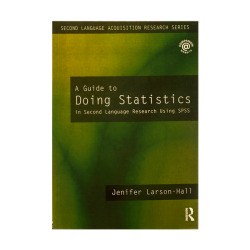Teaching and learning in Language classroom
Teaching and learning in Language classroom
Written by TRICIA HEDGE
Listening
Summarized by : Saeed Mojarradi
Listening – Tricia Hedge page 226 – 258 by Saeed Mojarradi
The Role of listening in the ELT curriculum
In ELT, we describe listening as the neglected overlooked or taken for granted skilled. Listening ability will develop automatically through exposure to the language and through practice of grammar, vocabulary and pronunciation. The audio-lingual approach for example, while listening as the primary skill in listening, speaking, reading and writing at the same time provided only restricted dialogues.
Given the role of listening in everyday life, such neglect was surprising. (River and Temperley, Murica 1995) that of the time an individual is engaged in communication, approximately 9 percent is devoted to writing, 16 percent is devoted to reading, 30 percent to speaking, and 45 percent to listening.
Impulses for interest in listening:
1- Current interest in oracy, the ability to understand and participate in spoken communication, is one of several more recent concerns in education which have generated a stronger focus on listening in the classroom.
2- A second impulse for interest in listening has come from those involved in training students for English-medium education, particularly at the tertiary level
3- A third impulse has come from second language acquision research into the rule of input.



